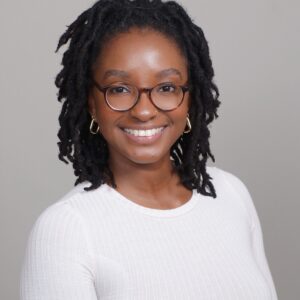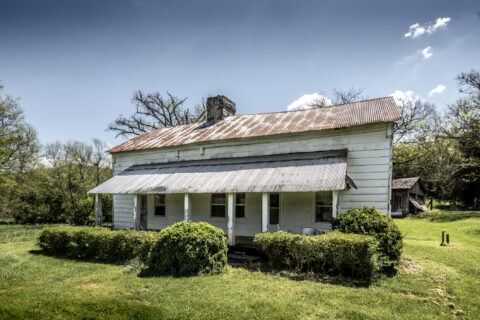On the heels of a notable year when it comes to federal investments in communities, there are increasingly more opportunities for city leaders and local governments to prioritize healthy housing for all residents. On average, we spend over 60% of our time at home, and housing environments have direct implications on health outcomes and overall wellbeing. Local housing policies and tools can be designed and implemented to shape these realities.
For decades, cities have been crafting and improving housing policy to better address the needs of the most vulnerable residents. Ensuring that housing is health-promoting looks different in municipalities across the country, and it’s important for local leaders to recognize when policies need to be updated to better address communal needs.
While there are a variety of approaches designed to promote better indoor housing quality, performance based rental licensing and proactive rental inspections are two examples of policies that cities can deploy to lay the groundwork for more effective healthy housing strategies.
Holding Landlords More Accountable
Performance based rental licensing can vary by city, but in essence requires rental units to be registered or licensed to ensure they remain up to health and housing code. This type of licensing is often a tier-based system that holds landlords with more violations accountable when it comes to providing safe and healthy housing; those units are subjected to more frequent inspections. Oftentimes, municipalities are limited in resources and capacity, so this system allows local governments to focus on repeat offenders.
Starting in September 2020, the City of Cincinnati, OH, started requiring all rental units to be registered with the city to ensure units were in compliance with housing and building codes. These new requirements were ushered in as a response to rising concerns and complaints from tenants, community members, and housing advocates. Registrations require all units to be inspected and those with violations are assessed fees and subjected to additional inspections.
On the east coast in Baltimore, Maryland, where over half of homes are rentals, the city government had taken similar steps. In August 2018, a new rental license law was passed, which requires family and multi-family rentals with one to two units to pass inspection in order to hold a rental license. This update to a previously antiquated rental licensing law meant an additional 66,000 buildings, of which make up most of tenant complaints, are now required to be licensed and inspected. Yet another effort that came on the heels of years of organizing and community efforts to protect those most vulnerable to inadequate housing conditions — families and children living in poverty.
A Foundation for More Effective Inspection Processes
Licensing and registration create an avenue for rentals to be better monitored through proactive rental inspections. As described in NLC’s 2020 report on housing policies and programs, proactive rental inspections put in place a mechanism to more proactively address lead and asthma triggers in homes. So, instead of waiting for tenant complaints, these inspections are designed to prevent harm and hazards from happening in the first place.
In Washington, DC the Lead Hazard Prevention and Elimination Act was enacted in 2008, which led to the creation of the proactive lead inspection program. This was designed as a primary prevention mechanism to address lead hazards in homes impacting children, while educating landlords on the city’s lead laws.
By 2020, the city identified some flaws in the initial policy. Rentals with mounting complaints and violations hadn’t been inspected in years. In response to this oversight, the DC government introduced the updated Proactive Inspection Program Act of 2022 in November 2022 to better address residents’ complaints, housing violations and negligent landlords. The legislation will focus local capacity on predominately low-income, Black communities to ensure resources are directed at the residents who most need it.
As described by the National Center for Healthy Housing, these types of programs will “shift the burden of code enforcement from reliance solely on tenant complaint to a more prevention-based, equitable approach to improve housing quality.”
A Framework for Other Cities
Healthy housing requires strategic, structural shifts in policy to most effectively address inequities. And sometimes this process is a trial-and-error feat that takes time. If cities, towns and villages can learn anything from Cincinnati, Baltimore and DC, it’s that determining what’s best for residents and tenants is a process. But for local leaders who are committed to ensuring the best outcomes for those most at risk, it’s a process worth investing in to promote a healthier quality of life.
Join the Challenge
The National League of Cities’ Healthy Housing Local Action Challenge helps municipal leaders address housing hazards to improve the quality of life for their residents. If your municipality is interested in participating in the challenge, you can learn more here. For additional questions or more information, email healthyhousing@nlc.org.








